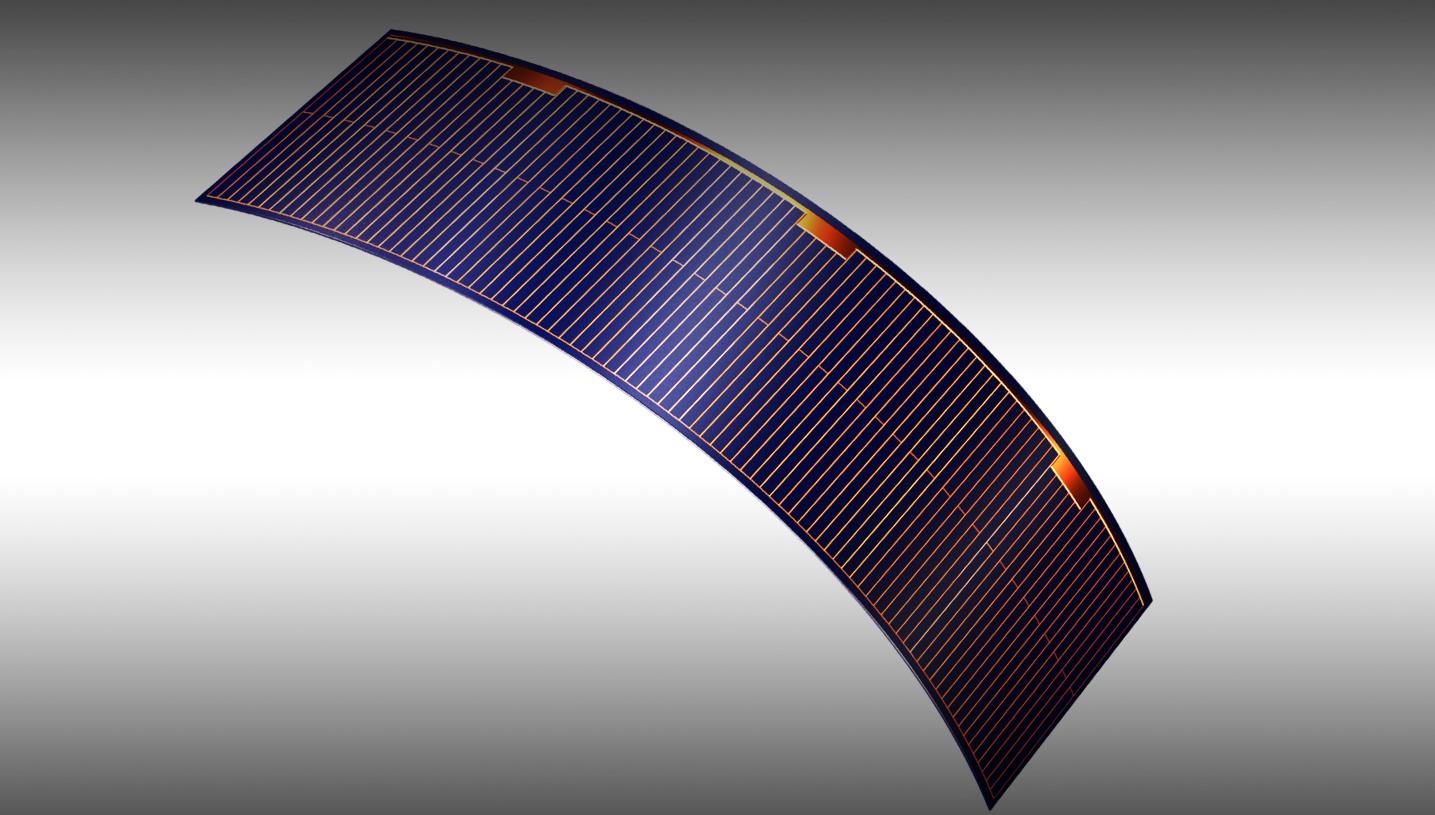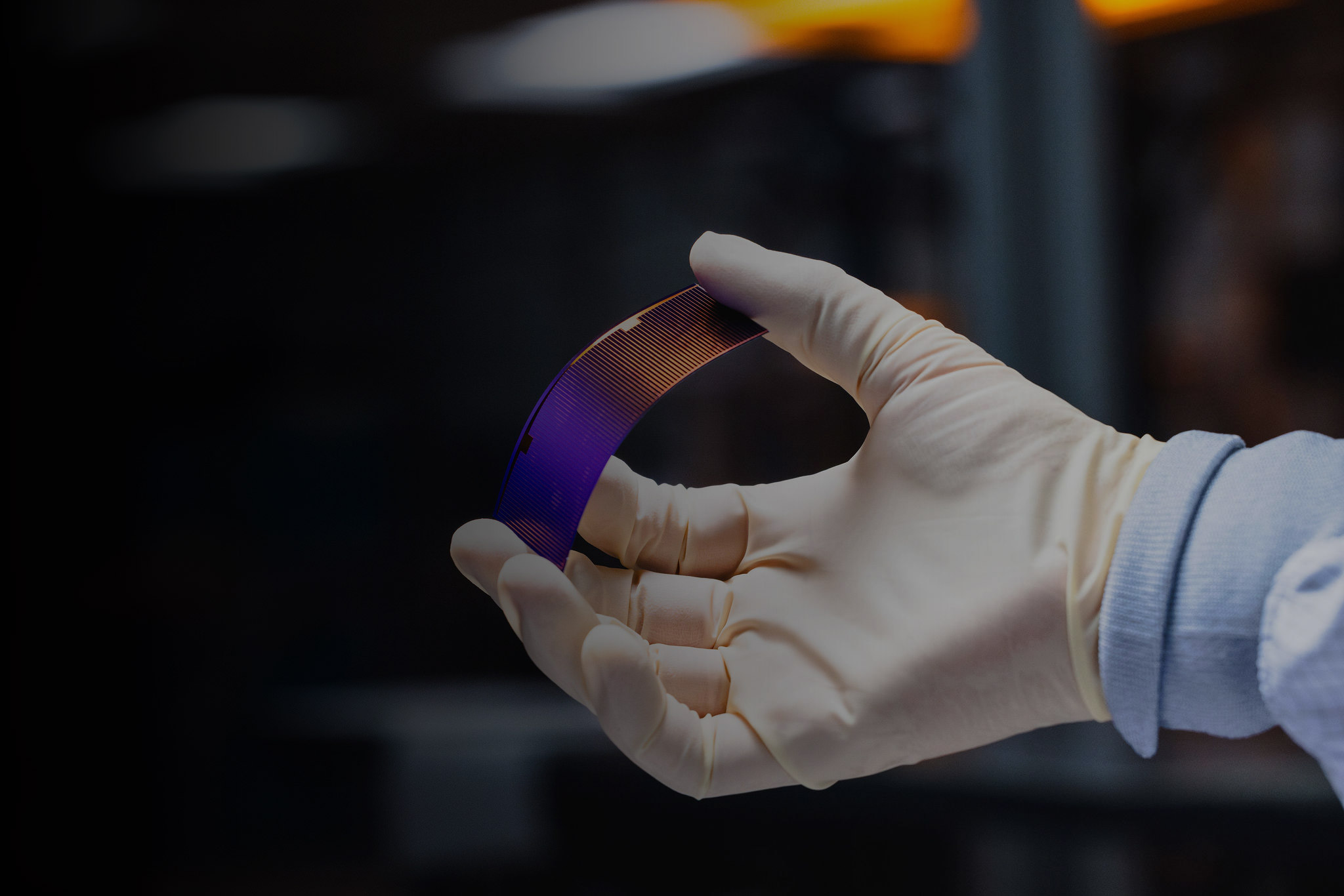Technical Specifications
Our solar cells can effectively anneal electron and proton radiation damage at normal operating temperatures as low as 65°C (1366 W/m2, maximum power operation point). To achieve low temperature annealing, Solestial cells are ultrathin (as low as 20 microns) and utilize proprietary defect engineering. Radiation damage accumulated in our cells during cold and dark periods are effectively mitigated by annealing that occurs during bright and warm periods, resulting in an overall reduction in radiation-induced degradation.
 Ultrathin cell
Ultrathin cell
Solestial’s unique process flow allows us to mass produce ultrathin silicon solar cells using automated production equipment. To achieve high efficiency with ultrathin silicon wafers, we use silicon heterojunction technology.
 Silicon heterojunction technology
Silicon heterojunction technology
Solestial is leveraging three decades of progress in terrestrial silicon heterojunction technology to mass produce ultrathin solar cells. Silicon heterojunction technology allows us make cells at very low temperatures, and without introducing stress, enabling cells as thin as 20-microns. Silicon heterojunction technology achieves the best possible surface passivation, enabling high efficiency on very thin wafers.
 20%* beginning-of-life efficiency
20%* beginning-of-life efficiency
Solestial cells will achieve a competitive 20%* efficiency in production by the end of 2024, and we expect to increase efficiency to 23% over the next few years, at which point we will approach the engineering limit for efficiency among this technology.
 Potential for over 30% efficiency
Potential for over 30% efficiency
The next step for silicon solar technology is two-junction tandem integration. Recently, perovskite has been developed as a perfect top cell partner for silicon. We expect that perovskite technology will mature over the next 5-10 years to give our silicon technology a 10% absolute efficiency boost.
 Fewer bypass diodes
Fewer bypass diodes
Silicon heterojunction technology enables higher reverse breakdown voltage and hot spot tolerance, allowing us to use fewer bypass diodes.
 Low temperature coefficient
Low temperature coefficient
Silicon heterojunction technology achieves a low temperature coefficient. As a result, Solestial cells produce more power than diffused junction silicon solar cells. (1% absolute efficiency gain at 80°C versus terrestrial silicon solar cells.)
 Robust metallization
Robust metallization
To allow for more robust cell-to-cell interconnects, we replace the screen-printed silver metallization used in terrestrial silicon cells with electroplated copper. We also cap copper with protective metal layers to avoid corrosion.
 Customizable solar cell shape and size
Customizable solar cell shape and size
Even with automated production, we can customize the size of our solar cells for each customer. We accomplish this by leveraging affordable terrestrial solar wafers, which better allow for flexibility in cell sizing. We optimize packing density and voltage for each module we produce to provide our customers with better design options.
 Low mass and flexible
Low mass and flexible
Our solar cells achieve an extremely low mass and bending radius, enabling novel solar power module assembly and solar array deployment concepts.
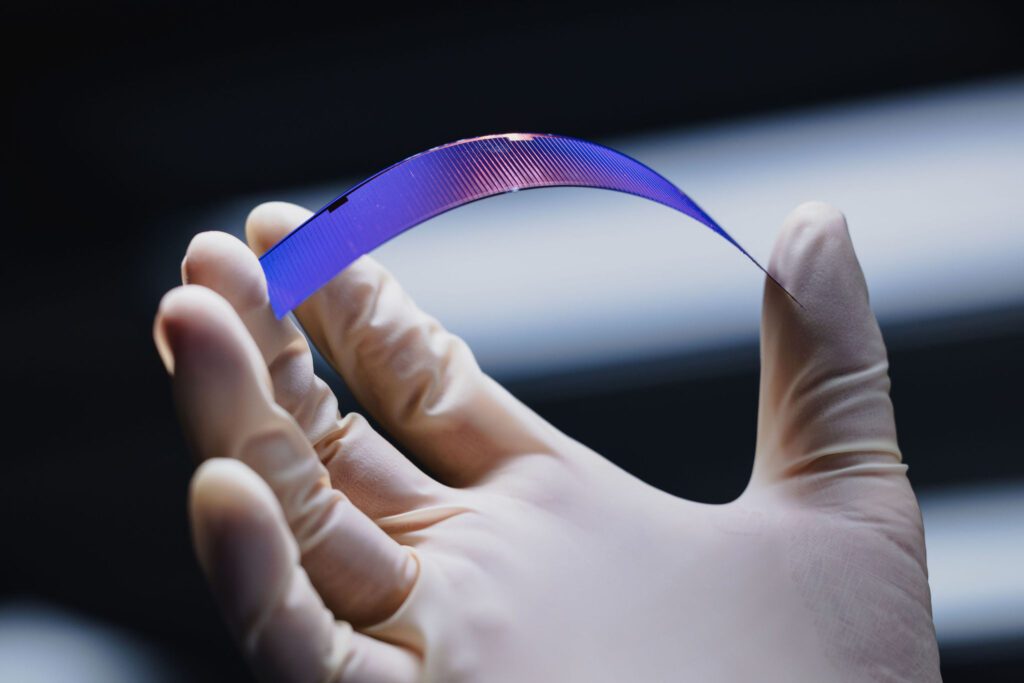
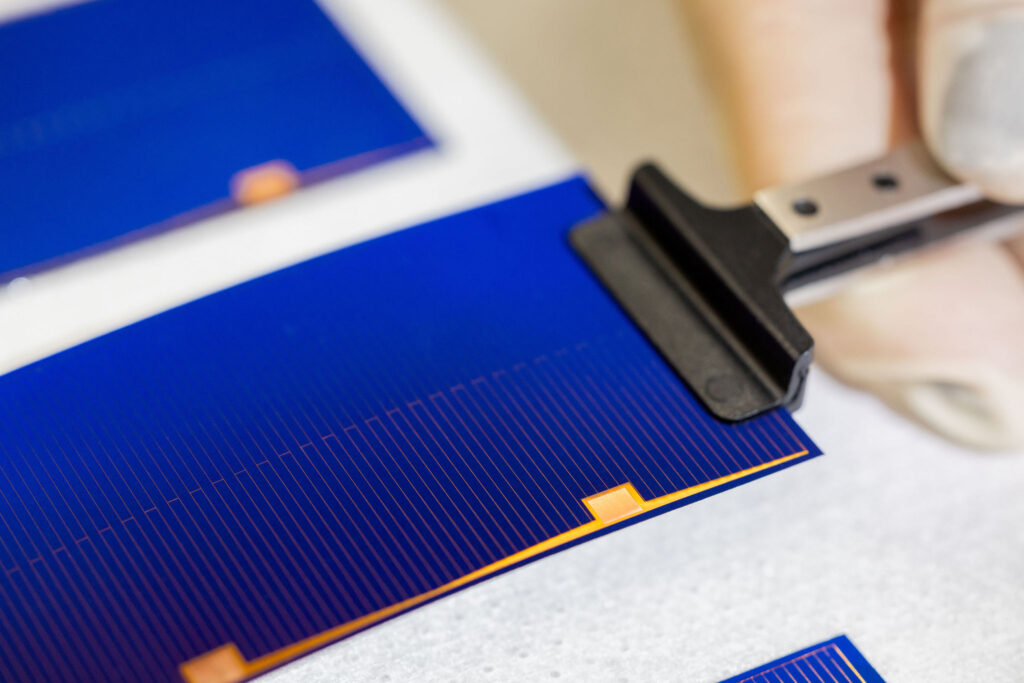
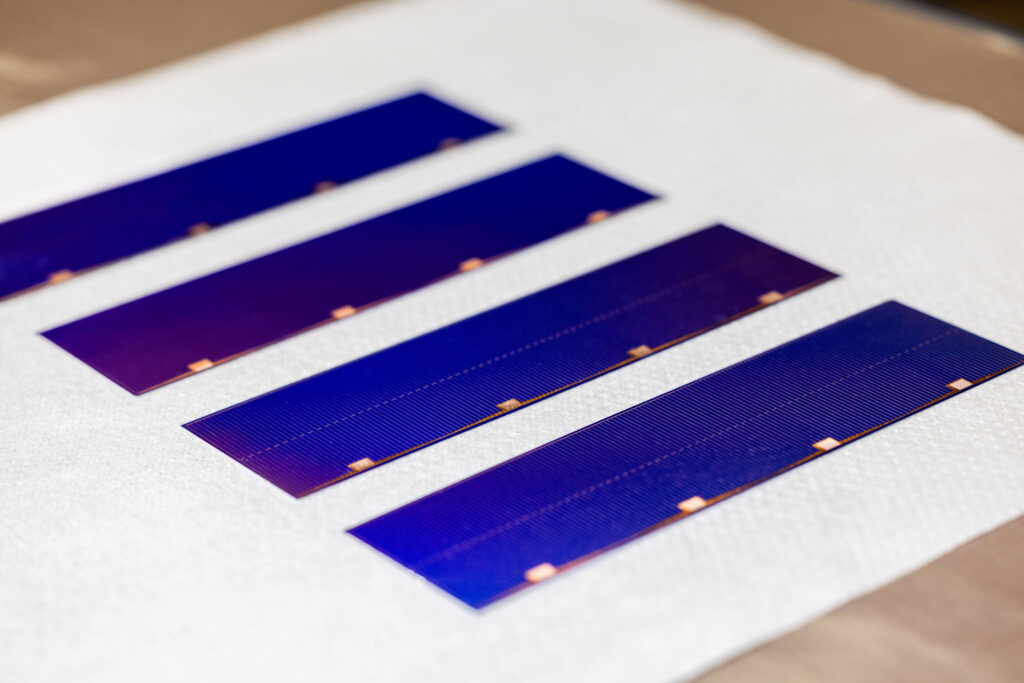
Contact Us
Solestial, Inc.
